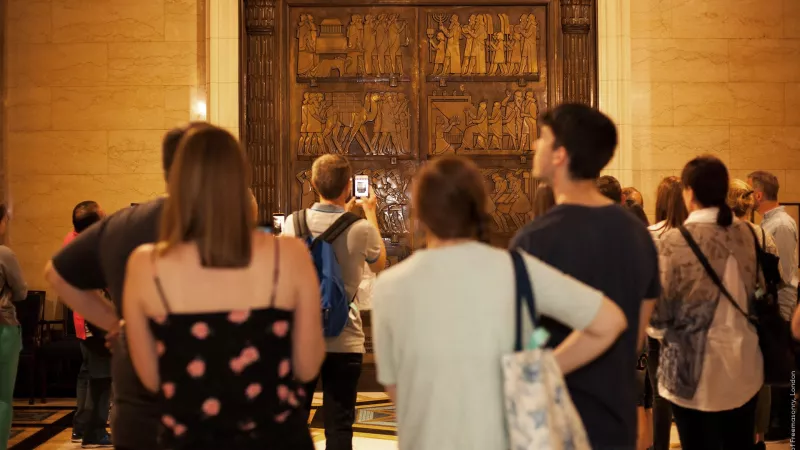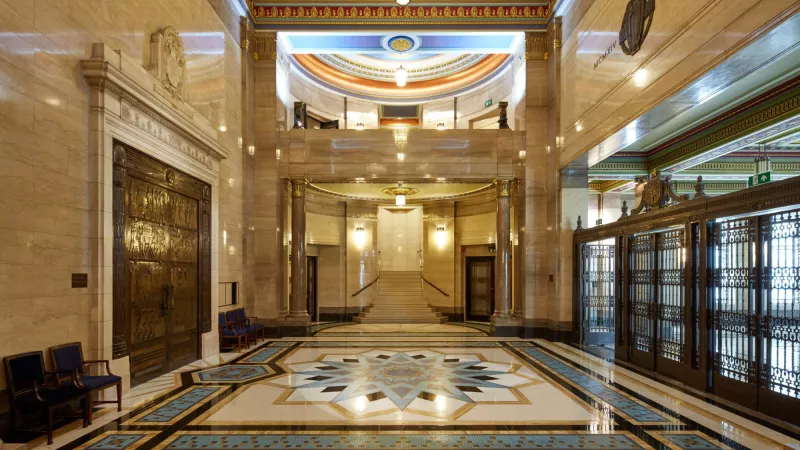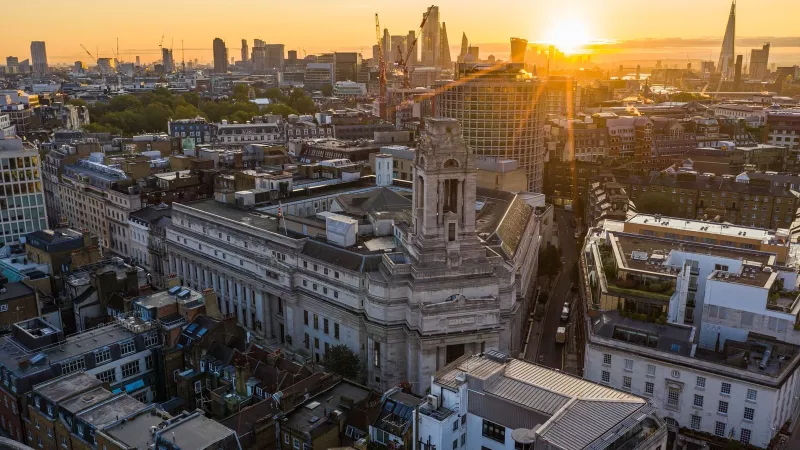History of Freemasons' Hall
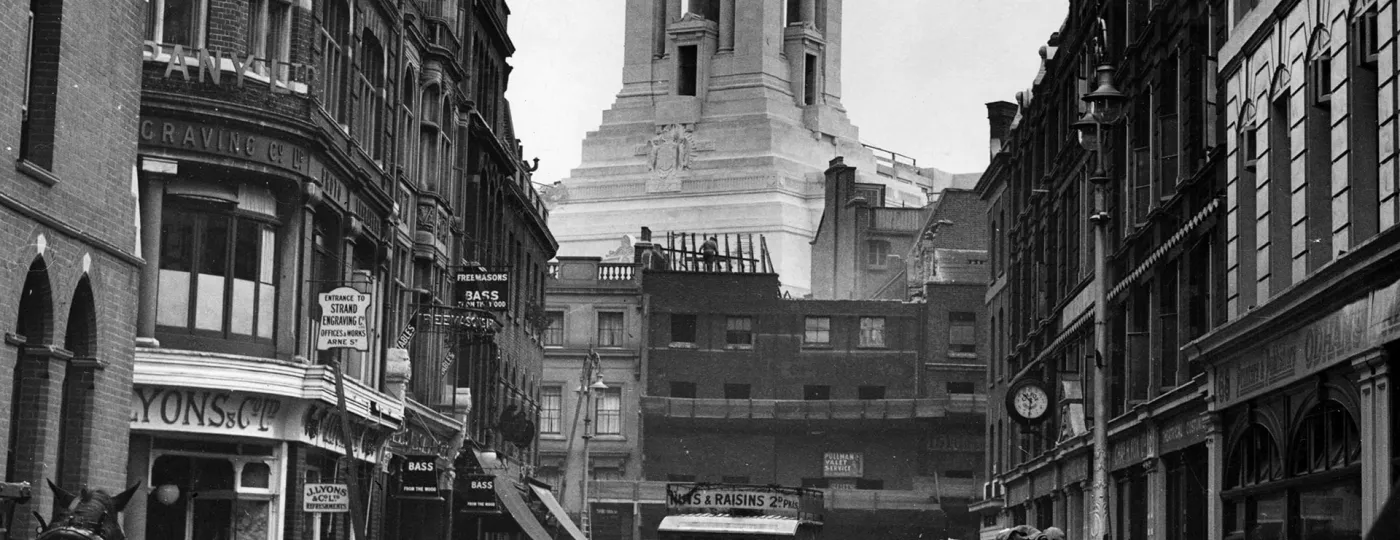
Freemasons’ Hall stands on Great Queen Street, on a site that has been used to hold meetings for Freemasons since 1775.
The present building, the third Masonic Hall on the site, was constructed between 1927 and 1933 as a memorial to those who died in the First World War and was for many years known as the Masonic Peace Memorial.
Now, discover the important milestones that led to the construction of Freemasons’ Hall – one of the finest Art Deco buildings in London – as we begin the journey more than 250 years ago.
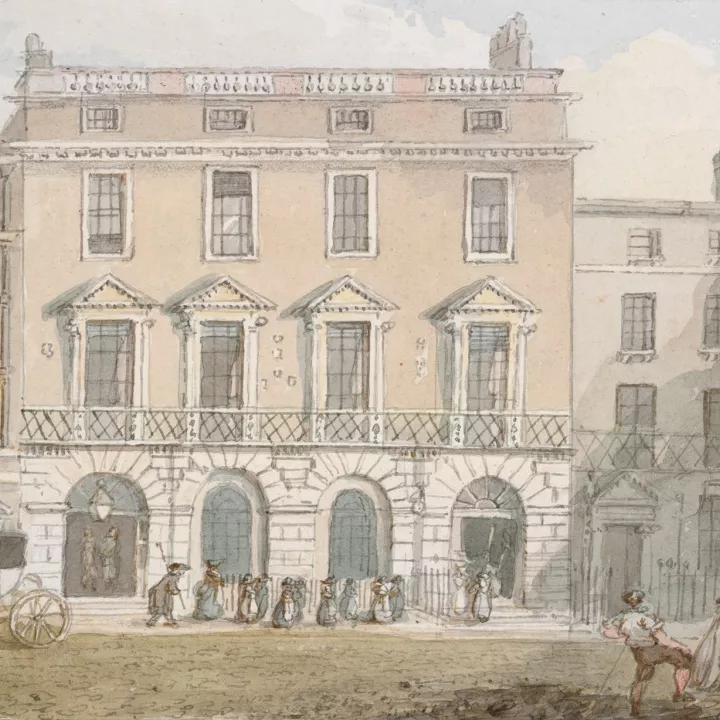
1769
The Premier Grand Lodge announced plans to build a central hall and began registering all of its members to raise funds.
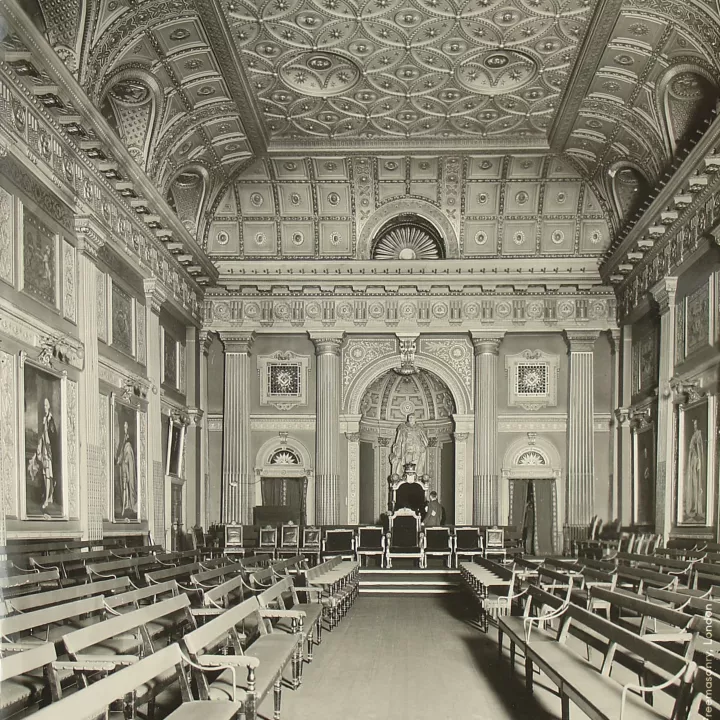
1774
A site was acquired in Great Queen Street, London, consisting of a tavern house fronting the street with a garden behind leading to a second house. Thomas Sandby, RA, won the architect’s competition for the hall. His Grand Hall was built over the garden, linking the two houses.
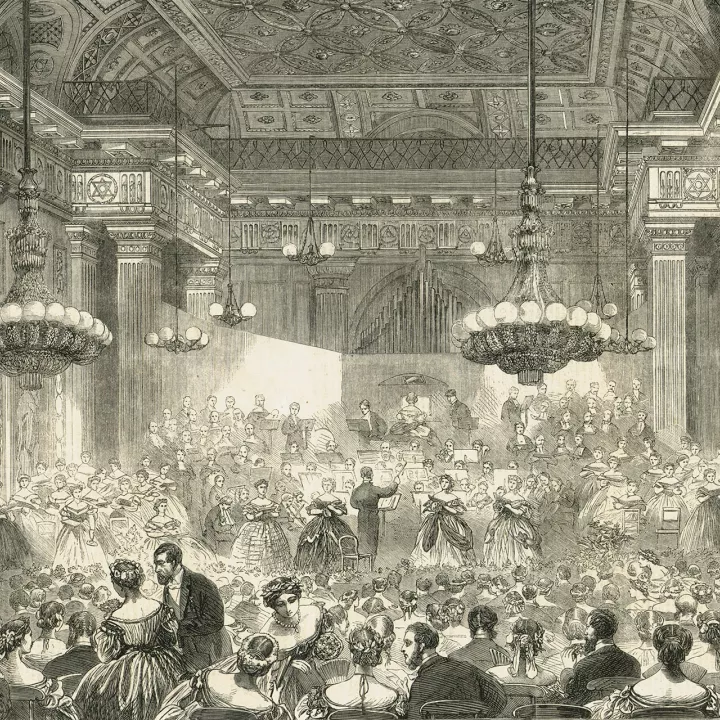
1776
The new Freemasons’ Hall was dedicated on 23 May. In addition to Masonic events, it became an important venue in London social life for concerts, balls, literary evenings and meetings of learned and charitable societies.
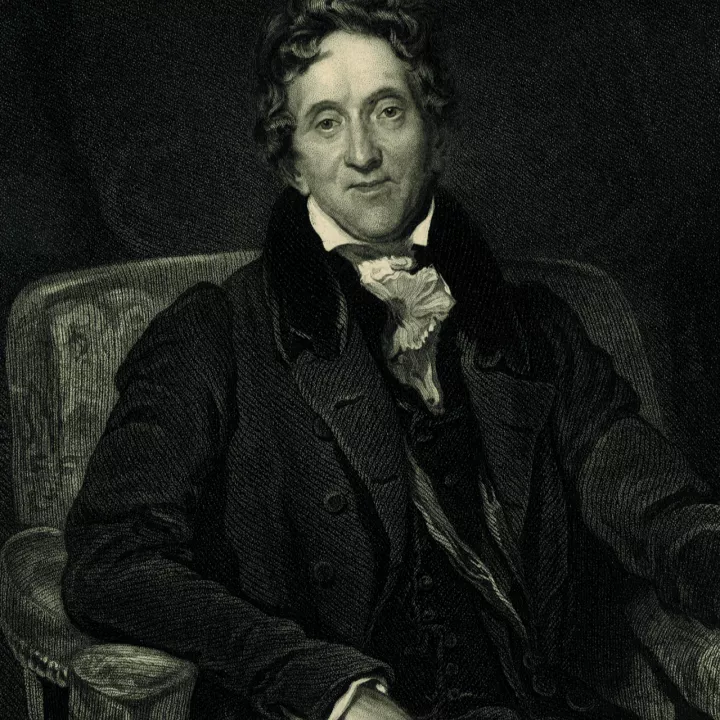
1814
Sir John Soane became Grand Superintendent of Works, responsible for the hall. In the 1820s, he carried out extensive remodelling of the hall, including the kitchens and a meeting room, all sadly now lost.
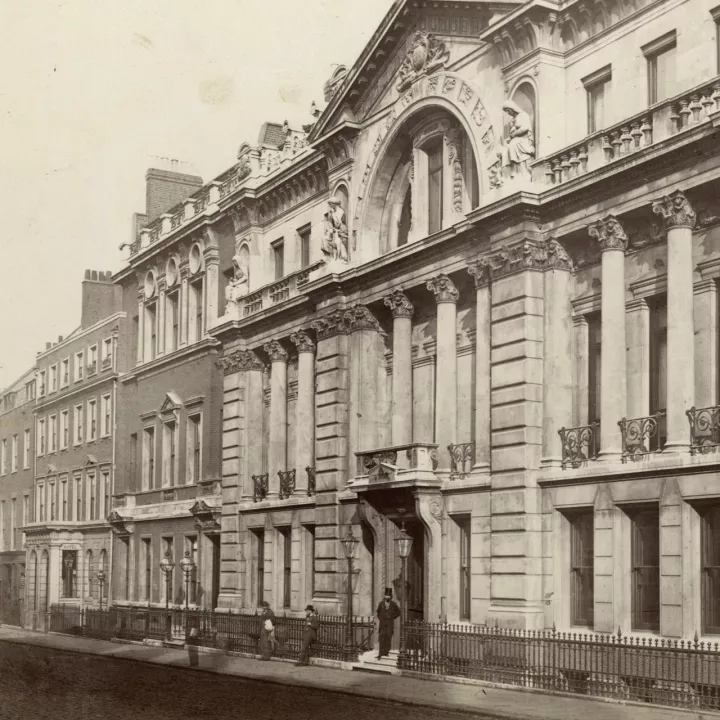
1862 – 1869
Sandby’s original hall was greatly extended to the east, to designs by Frederick Pepys Cockerell, in a severely classical style. Part of this façade still exists, now fronting the Connaught Rooms.
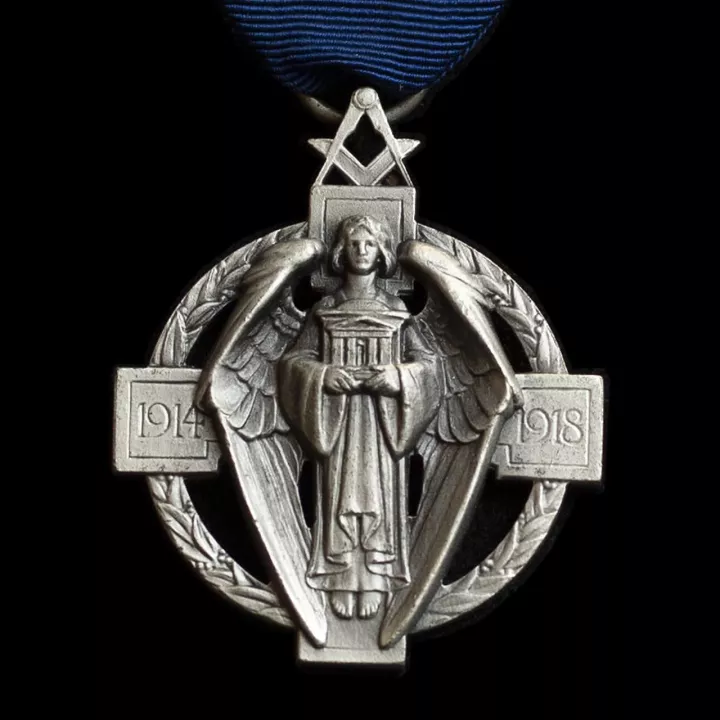
1919
The Masonic Million Memorial Fund was set up to rebuild Freemasons’ Hall as a memorial to the 3,000 members who died on active service in the Great War.
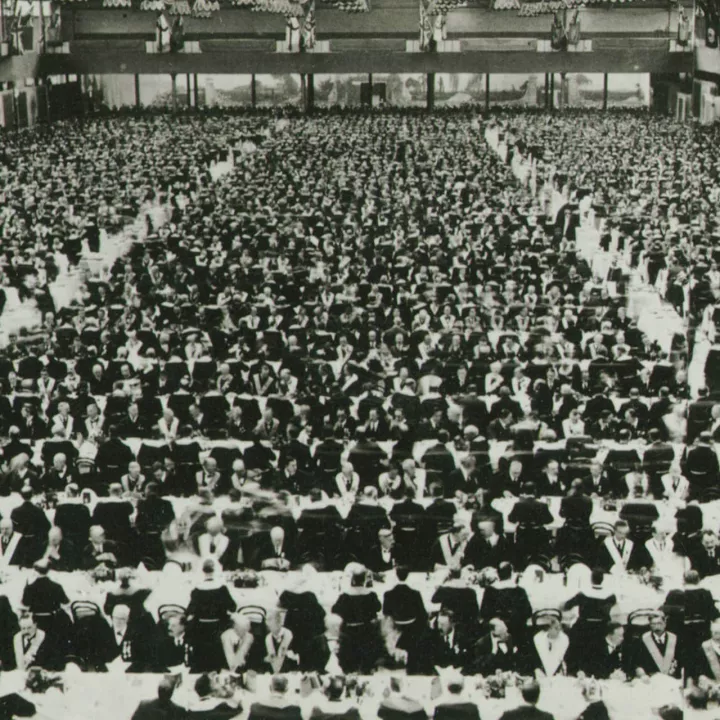
1925
An international architect’s competition was held. The winning design by the partnership of H. V. Ashley and Winton Newman was based on a massive steel framework.
On 8 August, some 7,250 members had lunch with the Grand Master at Olympia, still the largest ever catered meal served in Europe. At the end of lunch, it was announced that more than £825,000 had been raised for the building fund.
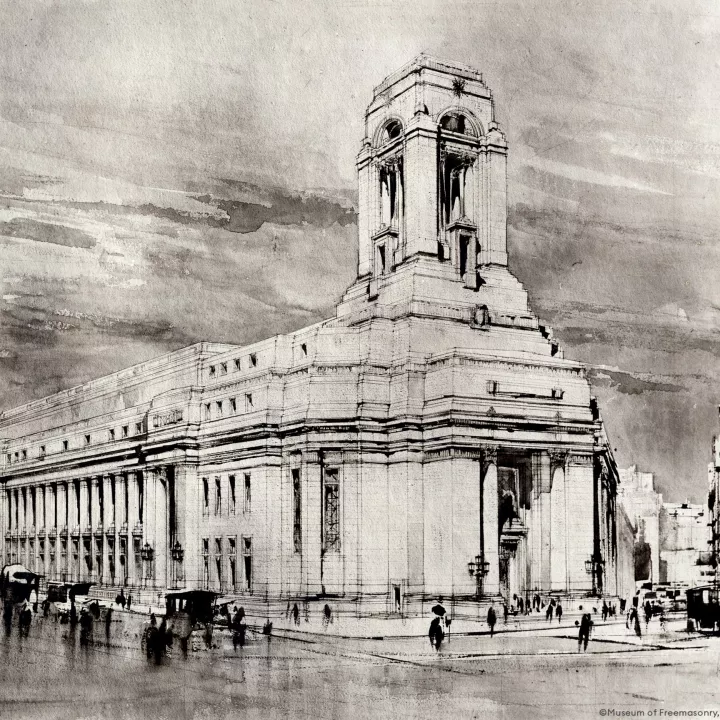
1927
On 14 July, more than 6,000 Freemasons at the Royal Albert Hall watched the Grand Master lay the foundation stone for the new building by means of an electrical relay – while a dummy stone was laid at the meeting, the real stone was lowered into place on the corner of Great Queen Street.
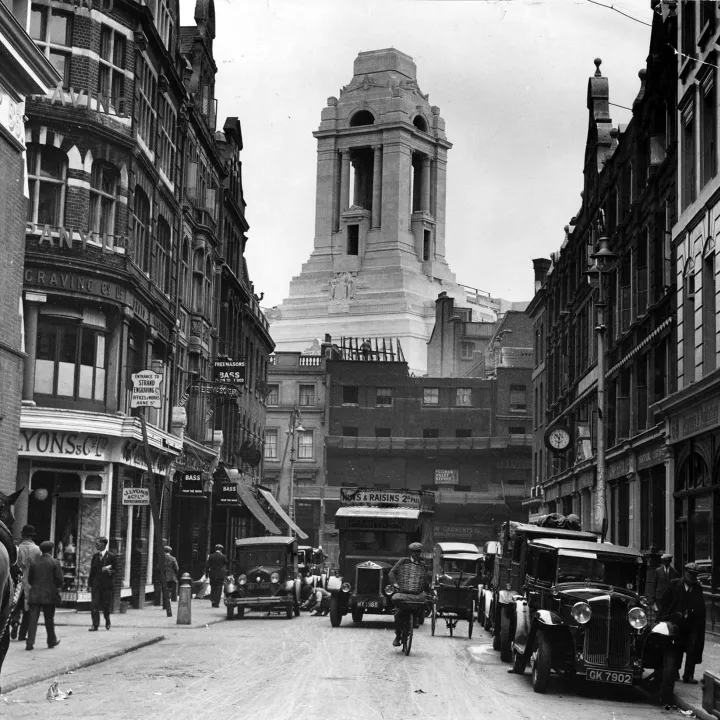
1927 – 1933
Work progressed on the new building, starting with the tower at the west end and gradually spreading eastwards with the gradual demolition of the old hall.
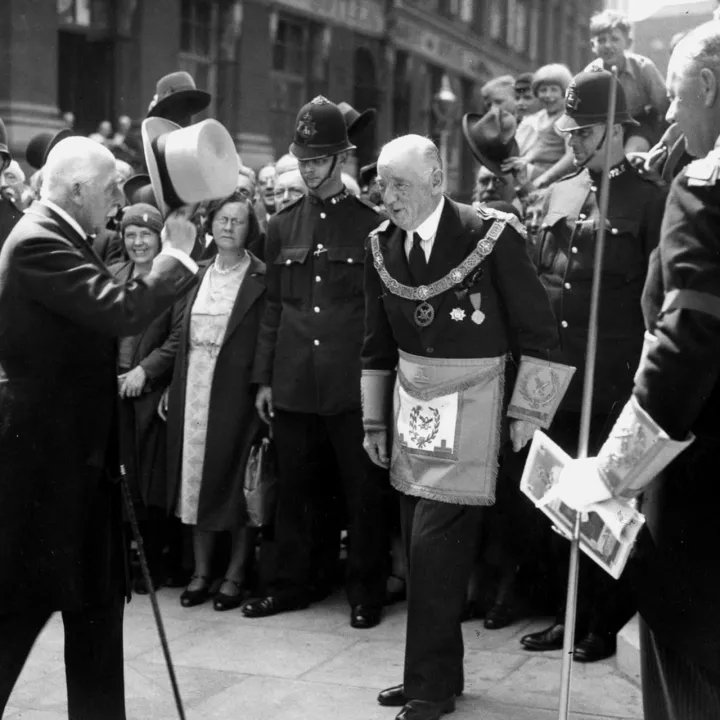
1933
On 19 July, 5,353 members filled the new Freemasons’ Hall and the building was dedicated to Masonic service by the Grand Master, HRH The Duke of Connaught, KG.
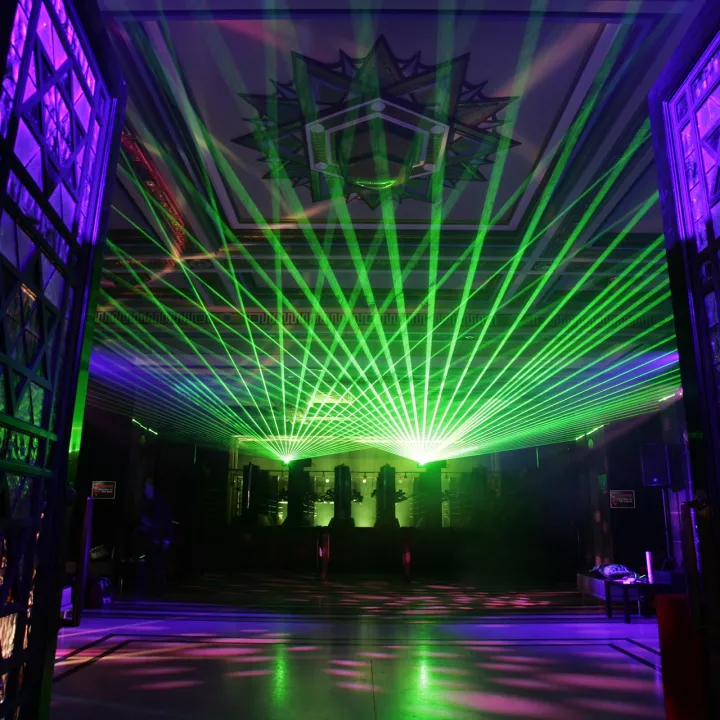
1985
The hall became fully open to the public and saw a return to the original ethos of being both a Masonic centre and available for non-Masonic events. In a new departure, it became a popular location for feature film and television dramas.
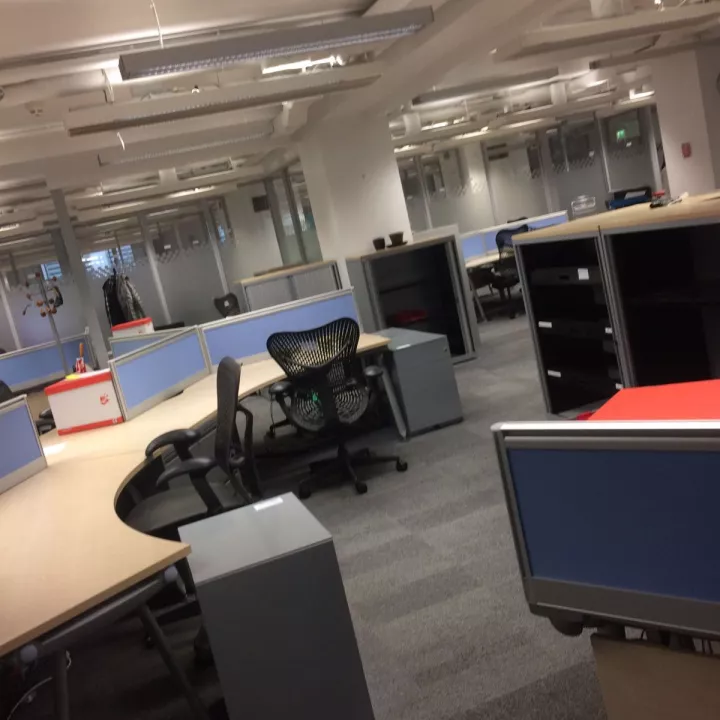
2007
The storage and filing areas of the lower ground floor were converted into modern offices, in which the four national Masonic charities are co-located.
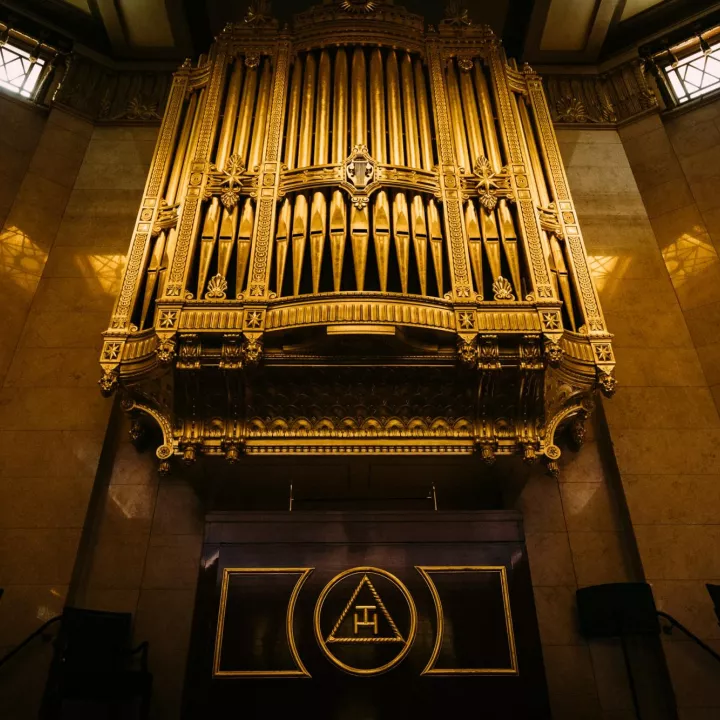
2014
The magnificent Henry Willis & Sons organ in Grand Temple was restored to its former glory, thanks to the generosity of Supreme Grand Chapter. This meant cleaning, repairing and re-voicing the existing mechanisms, which included 2,220 pipes and 43 stops, as well as mounting a new case of some four hundred pipes on the east wall.
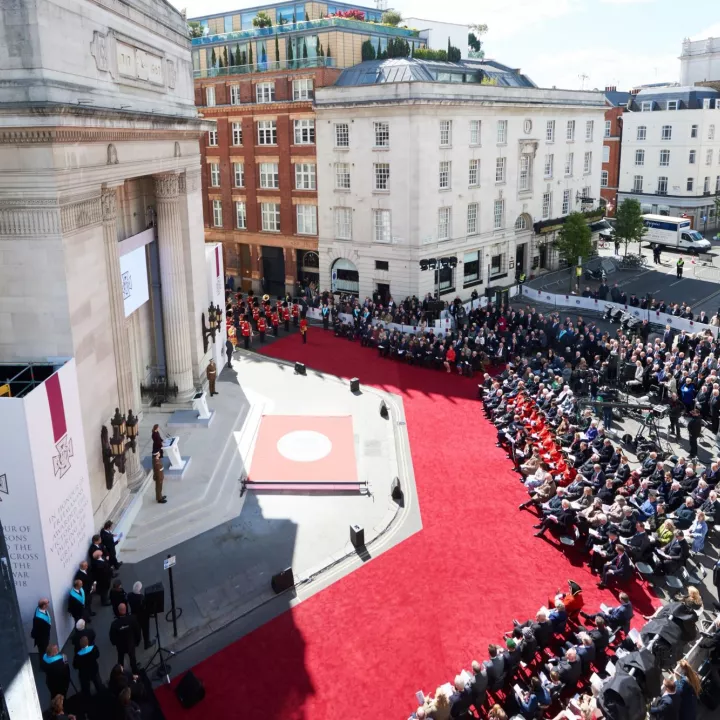
2017
The memorial to Freemasons awarded the Victoria Cross during The Great War was unveiled on 25 April by the Grand Master, HRH The Duke of Kent KG.
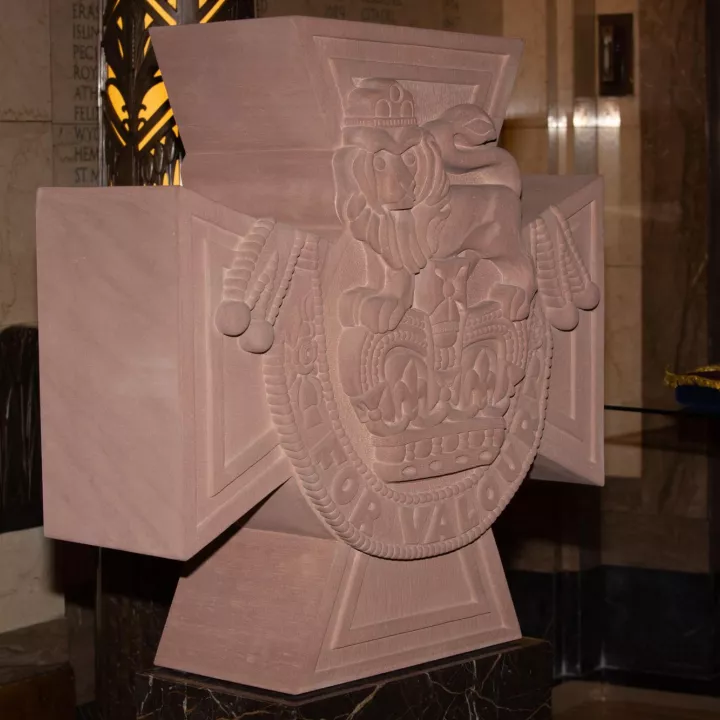
2019
In honour of all English Freemasons awarded the prestigious Victoria Cross (VC), the United Grand Lodge of England’s Grand Master, HRH The Duke of Kent, unveiled a unique Victoria Cross Remembrance Stone at Freemasons’ Hall on 27th June 2019.
Join Freemasonry today
Locate your local lodge where you live, work or study.
International lookup by area
